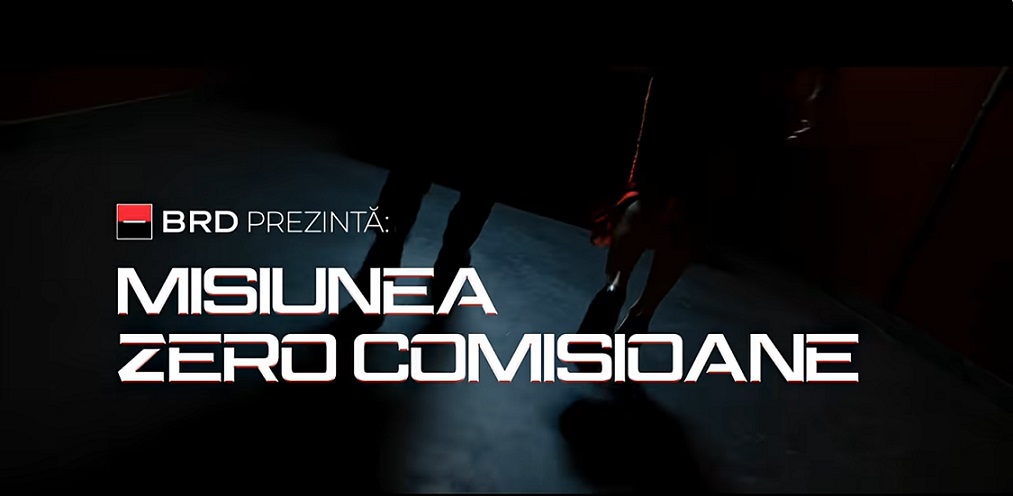The EBA amends technical standards specifying the data collection for the 2026 benchmarking exercise

The European Banking Authority (EBA) published its final draft Implementing Technical Standards (ITS), amending the Implementing Regulation on the benchmarking of credit and market risk for the 2026 exercise. The most significant change is in the area of market risk, where the EBA is proposing to restrict the data collection to the information on the alternative standardised approach (ASA) to be provided by those banks that were granted the internal model approval. In the area of credit risk, the EBA is suggesting only minor changes.
On market risk, the templates based on the alternative internal model approach (AIMA) have not been implemented in light of the additional delay in the adoption by the Commission of the Fundamental Review of the Trading Book (FRTB). Therefore, the sample of banks for the data collection in this area remains the same as in the 2024 exercise. Given the stability of the sample of banks (i.e. IMA banks) and that the composition of the portfolios in the data collection, supervisors also expressed the preference to focus on the ASA side of the data collection. Moreover, compared to the 2025 exercise, the data collection deadlines have been slightly postponed to allow participating banks more time to transition to the DPM 2.0.
On credit risk, given that the benchmarking portfolios are obtained as a drill down of the asset classes used in the credit risk IRB templates defined under the supervisory reporting ITS and since the ITS on supervisory reporting have been amended following the implementation of Basel III in the EU, it was necessary to align the definitions used for the benchmarking. In particular, the EBA has introduced a mapping between the asset classes used in the benchmarking exercise and the breakdown of credit risk IRB templates adopted in the revised ITS on supervisory reporting. This way, reporting entities can continue using the data extraction and aggregation procedures that they have been using in the past.
Dariusz Mazurkiewicz – CEO at BLIK Polish Payment Standard
Banking 4.0 – „how was the experience for you”
„To be honest I think that Sinaia, your conference, is much better then Davos.”
Many more interesting quotes in the video below:










